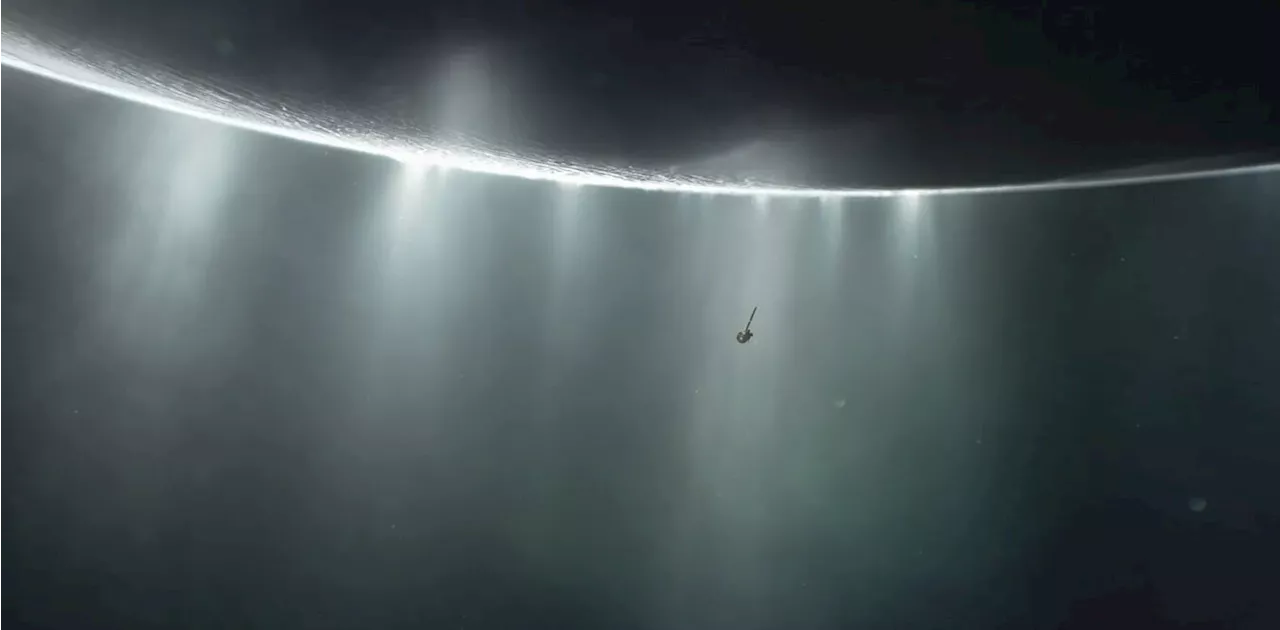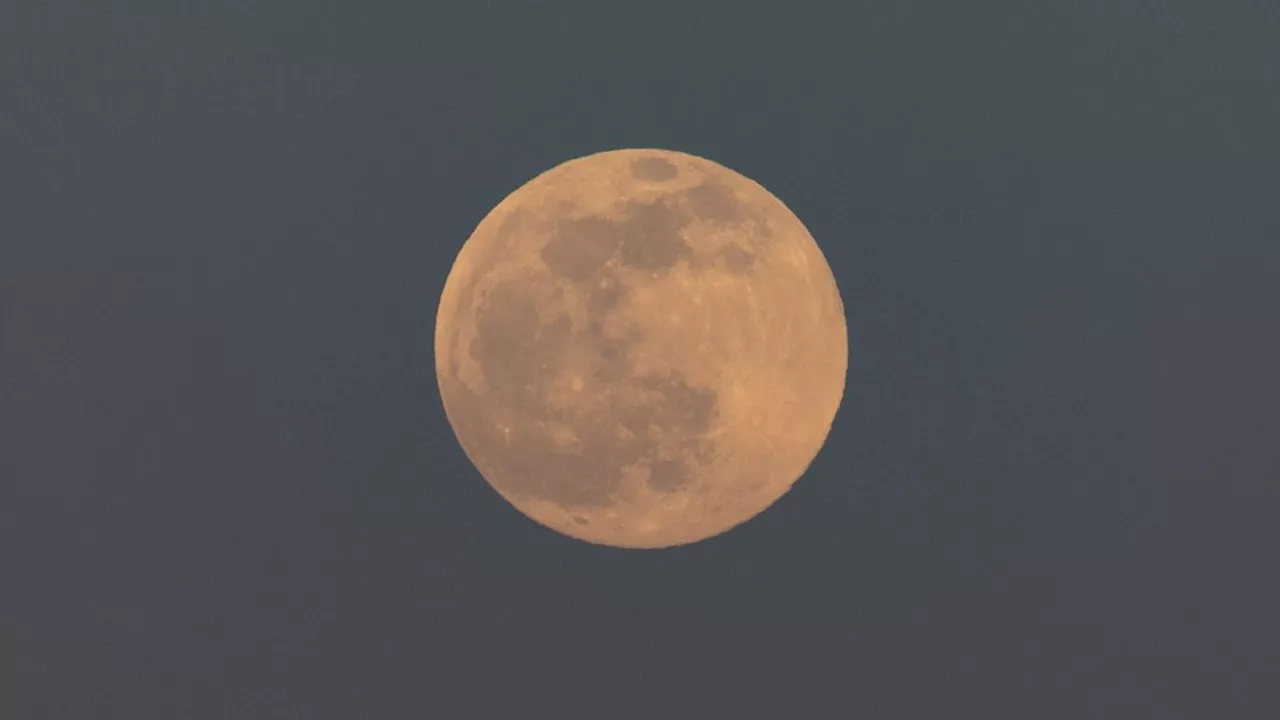Over the course of its elliptical orbit, the moon Enceladus is squeezed unevenly by Saturn's gravitational pull and deforms from a spherical shape into a football shape and back again.
Enceladus spills its guts through strike–slip motion retrieved 30 April 2024 from https://phys.org/news/2024-04-enceladus-guts-strikeslip-motion.html
This document is subject to copyright. Apart from any fair dealing for the purpose of private study or research, no part may be reproduced without the written permission. The content is provided for information purposes only.Use this form if you have come across a typo, inaccuracy or would like to send an edit request for the content on this page. For general inquiries, please use ourThank you for taking time to provide your feedback to the editors.
Your feedback is important to us. However, we do not guarantee individual replies due to the high volume of messages.to let the recipient know who sent the email. Neither your address nor the recipient's address will be used for any other purpose. The information you enter will appear in your e-mail message and is not retained by Phys.org in any form.Get weekly and/or daily updates delivered to your inbox.
Physics News Science News Technology News Physics Materials Nanotech Technology Science
United States Latest News, United States Headlines
Similar News:You can also read news stories similar to this one that we have collected from other news sources.
 Saturn’s Ocean Moon Enceladus Is Able To Support LifeScientists could one day find traces of life on Enceladus, an ocean-covered moon orbiting Saturn.
Saturn’s Ocean Moon Enceladus Is Able To Support LifeScientists could one day find traces of life on Enceladus, an ocean-covered moon orbiting Saturn.
Read more »
 'Tiger stripes' on Saturn's moon Enceladus could reveal if its oceans are habitableRobert Lea is a science journalist in the U.K. whose articles have been published in Physics World, New Scientist, Astronomy Magazine, All About Space, Newsweek and ZME Science. He also writes about science communication for Elsevier and the European Journal of Physics. Rob holds a bachelor of science degree in physics and astronomy from the U.K.
'Tiger stripes' on Saturn's moon Enceladus could reveal if its oceans are habitableRobert Lea is a science journalist in the U.K. whose articles have been published in Physics World, New Scientist, Astronomy Magazine, All About Space, Newsweek and ZME Science. He also writes about science communication for Elsevier and the European Journal of Physics. Rob holds a bachelor of science degree in physics and astronomy from the U.K.
Read more »
 Saturn's ocean moon Enceladus could support life—researchers are working out how to detect extraterrestrial cells thereSaturn has 146 confirmed moons—more than any other planet in the solar system—but one called Enceladus stands out. It appears to have the ingredients for life.
Saturn's ocean moon Enceladus could support life—researchers are working out how to detect extraterrestrial cells thereSaturn has 146 confirmed moons—more than any other planet in the solar system—but one called Enceladus stands out. It appears to have the ingredients for life.
Read more »
 Saturn's ocean moon Enceladus is able to support life − my research team is working out how to detect extraterrestrial cells thereFabian Klenner is a planetary scientist and astrobiologist at the University of Washington (UW). His research focus lies on the exploration of icy moons in the Solar System, in particular Saturn's moon Enceladus and Jupiter's moon Europa.
Saturn's ocean moon Enceladus is able to support life − my research team is working out how to detect extraterrestrial cells thereFabian Klenner is a planetary scientist and astrobiologist at the University of Washington (UW). His research focus lies on the exploration of icy moons in the Solar System, in particular Saturn's moon Enceladus and Jupiter's moon Europa.
Read more »
 April full moon 2024: The Pink Moon joins Mars and Saturn in the night skyJesse Emspak is a freelance journalist who has contributed to several publications, including Space.com, Scientific American, New Scientist, Smithsonian.com and Undark. He focuses on physics and cool technologies but has been known to write about the odder stories of human health and science as it relates to culture.
April full moon 2024: The Pink Moon joins Mars and Saturn in the night skyJesse Emspak is a freelance journalist who has contributed to several publications, including Space.com, Scientific American, New Scientist, Smithsonian.com and Undark. He focuses on physics and cool technologies but has been known to write about the odder stories of human health and science as it relates to culture.
Read more »
 Scientists find the origins to Saturn’s moon Mimas’ underground liquid oceanScientists discovered a young liquid ocean beneath Mimas' icy surface, formed by tidal heating from Saturn's gravity, which will eventually freeze.
Scientists find the origins to Saturn’s moon Mimas’ underground liquid oceanScientists discovered a young liquid ocean beneath Mimas' icy surface, formed by tidal heating from Saturn's gravity, which will eventually freeze.
Read more »
